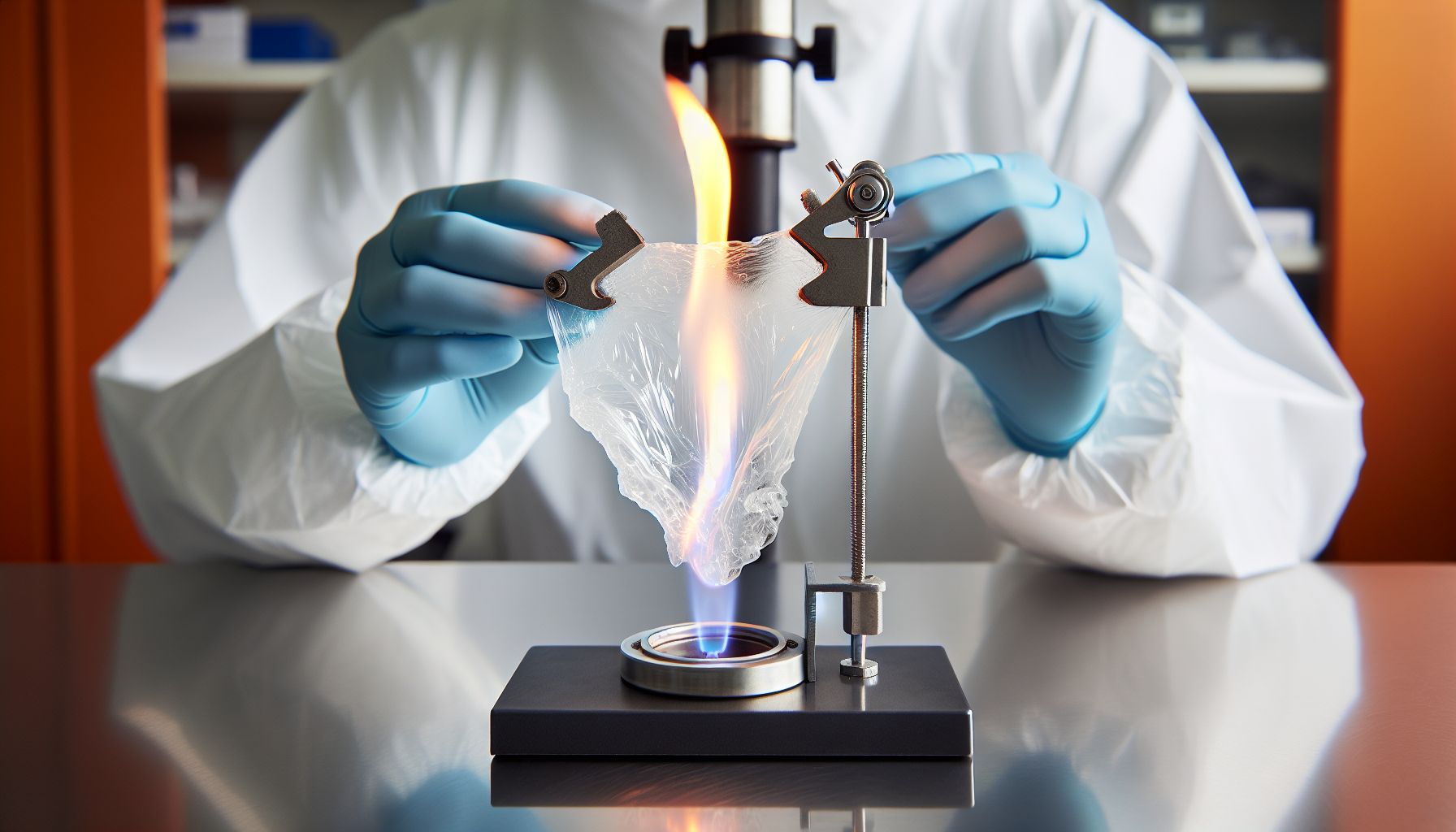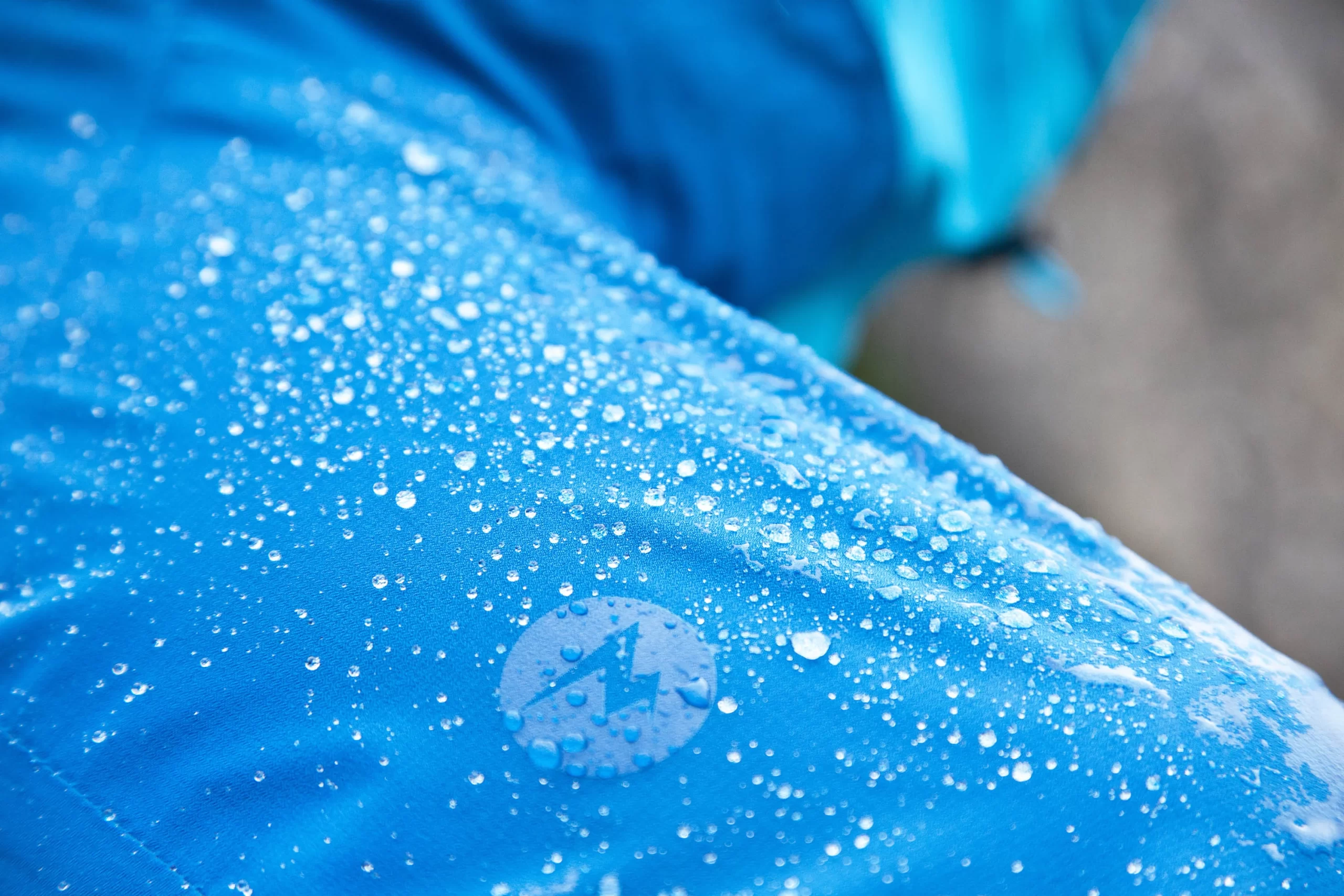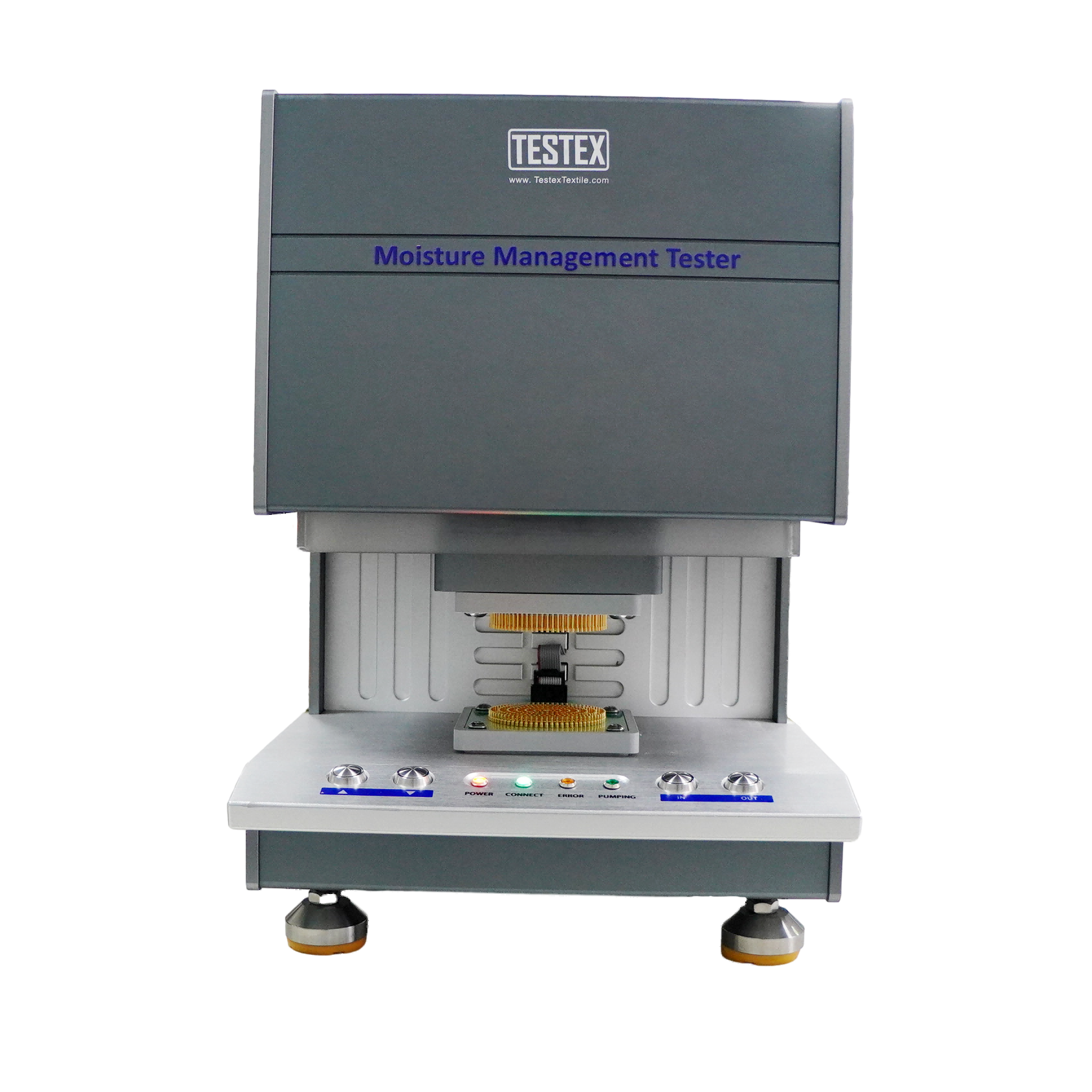Flammability testing protocols are the cornerstone of product safety and compliance. At the forefront is…
Measure The Color Fastness To Perspiration
Before knowing about the Color Fastness to perspiration you must have to know about Color Fastness to Wash and Color Fastness to Rubbing.
Table of Contents
The Importance of Colour Fastness
Color fastness refers to the characteristic that the textile maintains a certain degree of Color Fastness during processing and use. The Color Fastness grade was evaluated based on the discoloration of the sample and the coloration of the unstained fabric. Among them, the color fastness to perspiration, the light fastness, and the rub fastness are closely related to our daily lives. Because most of the current color fastness tests are based on the corresponding environment for simulation experiments, there are many methods and standards.
What is the Colour Fastness to Perspiration?
As we all know, the composition of human sweat is complex, sweat is acidic, but also alkaline, the main component is salt. The short contact between textiles and sweat may have little effect on their color fastness, but the contact between skin and sweat for a long time will have a great effect on some dyes. Unqualified clothing for color-fastness is easy to transfer dyes from textiles to human skin through sweat, and the molecules and heavy metal ions of dyes can be absorbed by human body through the skin and harm to health.
The color fastness to perspiration is a reflection of textiles that the self-discoloration and coloration of lined textiles in different test solutions containing histidine under the combined action of pressure and temperature. Evaluate the discoloration of the sample and the stain of the lined fabric with the grey card. The result there were 5 grades, and the 5 grade is the best grade and the 1 grade is the worst.
Measurement Principle
The garments a\which come into contact with the body where perspiration is heavy may suffer serious local discoloration. This test is intended to determine the resistance of color of dyed textile to the action of acidic and alkaline perspiration.
The Detailed Test Steps
1 Preparation of composite sample
The size of the sample: The GB/T 3922 standard stipulates the sample size to be 40mm*100mm and the AATCC15 standard stipulate the sample size to be 60mm*60mm. Suture the face of the sample to a multi-fiber lining or to two single-fiber linings. If a single fiber lining is used in the GB/T 3922 standard, one of them shall be made of the same kind of fiber of the sample, and the other one shall be made of the fiber specified in the corresponding standard. The AATCC15 standard can only use multi-fiber liners.
2 Preparation of artificial sweat
The AATCC 15 standard only detects the color fastness of fabrics in acid perspiration, while the GB/T 3922 standard detects the color fastness of fabrics in acid perspiration and alkali perspiration. The PH value of sweat specified by AATCC15 is 4.3±0.2, after sweat preparation, if the PH value is not reached, it must be reformulated and cannot be adjusted by NaOH. The PH value of lye specified by GB/T 3922 is 8.0 and the PH value of acid specified by GB/T 3922 is 5.5. We can adjust the PH value by 0.1M NaOH solution.
3 Sample infiltration, compression
The samples were clamped between the resin plates, fixed on the perspiration fastness meter and completely soaked at room temperature for 30 minutes with 5KG or 4.5KG load according to different standards.
4 Place the sample in constant temperature
Place the perspiration tester with combined samples in the constant temperature box with a horizontal state. The temperature in the box is (37±2)℃ in GB/T 3922 standard and (38±1)℃ in AATCC15 standard.
5 Sample hanging drying
After 4 hours, unfold the composite sample and dry it by hanging in air not more than 60℃.
6 Evaluation the discoloration and stain of samples
Evaluation the discoloration and stain of samples with a special gray, 5 grade is the best and 1 grade is the worst. In the evaluation, observe the color aberration by comparing the original sample with the test sample and give out the corresponding grade.
How to Improve the Perspiration Fastness?
In daily life, fabrics will always appear different degrees of discoloration and stain under the influence of sweat stains, so how to improve the perspiration fastness of textiles? It is found that select the dyes reasonably, especially the dyes with high fixation rate and good stability, besides, control the dyeing process and strengthen the conditions of fixation reasonably, so that the dyes can be fully fixed. For example, in the dyeing of less reactive dyes, select the catalyst or the appropriate fixing agent, or fix the color at a higher temperature.




This Post Has 0 Comments